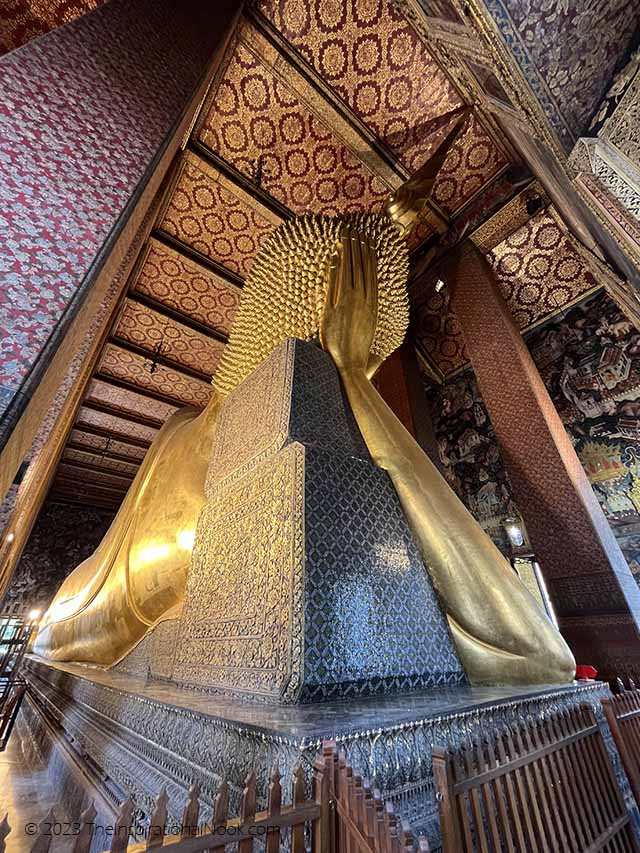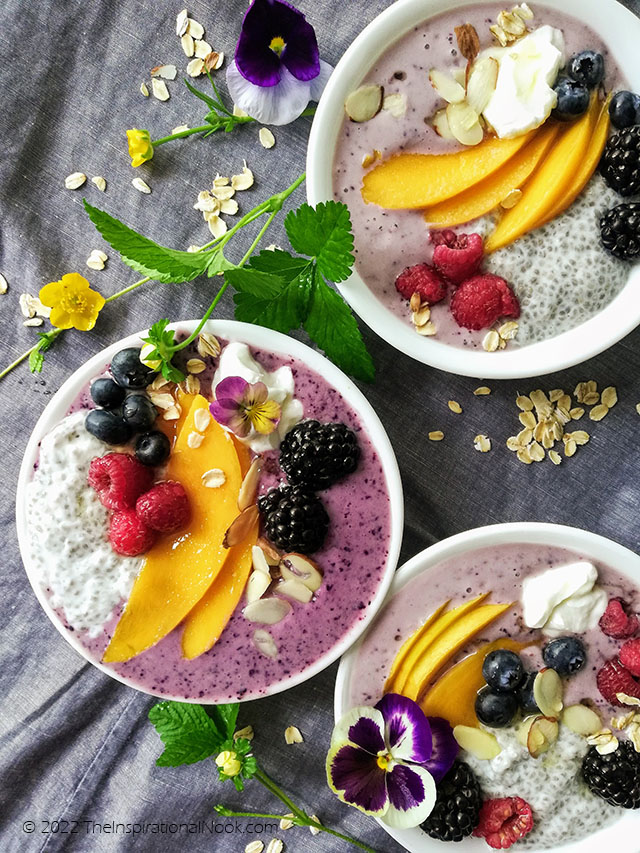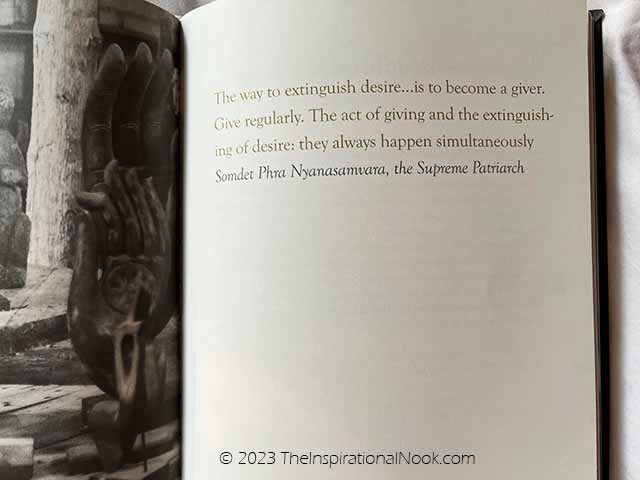Breakfast Buddha Bowl Recipe | Fruit and Yogurt
This post was originally published on 6/23/22 and updated on 3/26/23, after I visited Bangkok.
New content relates to my visit to Wat Pho and experiencing Almsgiving in Thailand.
Balance isn't something you find
It's something you create.
Oh my goodness! I'm hooked on making beautiful, balanced/ Buddha bowls for breakfast. They are just pure Nirvana!
For my Breakfast Buddha bowl recipe, I use a fruit smoothie and a yogurt chia pudding for the base. Then I jazz it up with a colorful topping of fresh fruits like raspberries, blackberries, blueberries and slices of mango. A sprinkling of granola and nuts, along with a dollop of Greek yogurt, adds a touch more texture to this flavorful, splashy and vibrant breakfast bowl.
What is a Buddha Bowl?
So, What's Another Name for a Buddha Bowl?
But Why is it Called a Buddha Bowl?
 |
| I visited the Wat Pho temple in Bangkok Thailand, to see the huge gold plated Buddha sculpture. He looked very blissful. I only wish I could attain such a wonderful state of Nirvana. |
 |
| At 46m. in length, this reclining Buddha is the largest in Thailand. |
Buddha Bowl and the Almsround
I never really appreciated the real significance of a Buddha Bowl until I visited Bangkok in Thailand and saw the Buddhist monks walking silently down the street in their orange robes, humbly holding a bowl between their hands. People came out of their homes and respectfully placed a small food offering from their table into the monks' bowls. The monks rely on the lay people's generosity for their meals.
 |
| Buddhist monks returning to the temple after almsround. |
"Almsround is of spiritual benefit to both the monastics and the laity. For sincere monks, it is a humbling and often moving reminder of the generosity that allows them to lead their monastic life. It inspires them to express their appreciation of the faith placed in them by being diligent in performance of their duties.
Almsround gives lay Buddhists the opportunity to begin their day with an act of generosity. They feel the joy of giving and the contentment of having contributed to the well being of the monks they look up to.
Many people teach their children to put food in the monks' bowl from an early age, introducing the children to monastics in an activity that they find special, and which creates a sense of familiarity and connection."- From Without and Within- Questions and Answers on the Teachings of Theraveda Buddhism
 |
| This is another type of almsgiving. Not of food but of money. At Wat Pho temple, there is a series of 108 metal bowls. People go through the ritual of dropping coins in them as part of almsgiving. |
The way to extinguish desire is to become a giver.
Give regularly.
Buddha Bowls for Breakfast
Back to my topic on Breakfast Buddha Bowls, I think this is one recipe that would be perfect for me to give to my 'overnight guests.' Such an easy breakfast idea to make when I have guests over. A big batch of the chia pudding can be made the night before. In the morning, all that needs to be done is blend up the smoothie and then assemble the bowls artfully with fresh fruit to create gorgeous, healthy, fruity Buddha bowl breakfasts.
What are the Components of a Buddha Bowl?
- Grain/ Starch
- Protein
- Healthy Fat
- Brightly Colored Fruit/ Vegetables
- Sprinkles
- Grain/ starch = chia
- Protein = Milk
- Healthy Fat= Greek yogurt, sliced almonds
- Brightly Colored Fruit/ Vegetables = Blackberries, blueberries, raspberries, mango
- Sprinkles= Rolled oats, granola, sliced almonds, raw honey
 |
Balance isn't something you find. It's something you create. |
How to Make a Gorgeous, Colorful Instagram worthy Buddha Bowl
- Choose foods with contrasting colors. Some interesting combinations are:
- Orange/yellow and Purple (Mango/ orange/ mandarines with blueberry)
- Red and Green (Raspberries/ strawberries and mint leaves)
- Black and White (Chia seeds/ blackberries and yogurt/ coconut flakes)
- Consider using edible flowers like pansies for color.
- Neutrals: Oat flakes, granola, nuts and seeds
- Choose foods with contrasting textures
- Smooth and creamy- Greek yogurt, smoothie
- Slight bite- Chia pudding
- Soft and sweet- fresh fruit
- Crunchy- granola, nuts, seeds
- Chewy- Dates, sweetened coconut flakes
- Tacky- Honey
Breakfast Buddha Bowl Recipe with Fresh Fruit and Yogurt
Servings: 3
Ingredients:
For the Chia Pudding:
Step-by-Step Instructions:
- Top with freshly sliced mangoes, fresh raspberries, blueberries and blackberries.
- Sprinkle with granola or rolled oats and sliced almonds.
- Drizzle with raw honey.
- Decorate with edible flowers like pansies.
Related Recipes:




